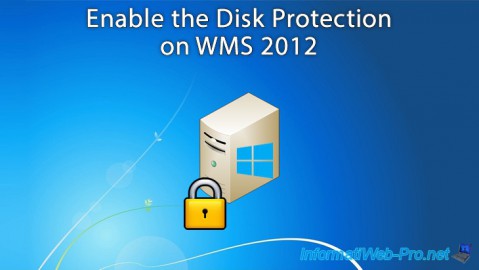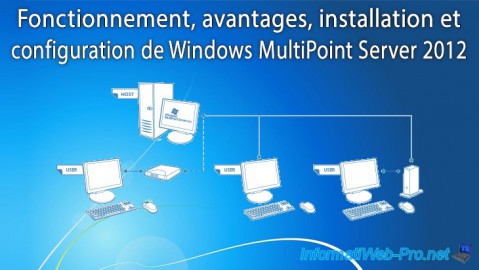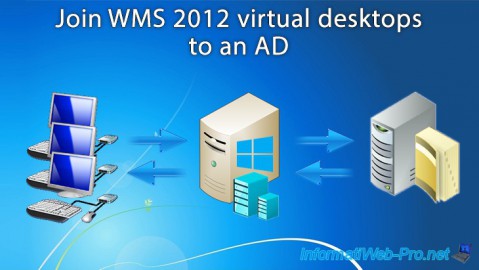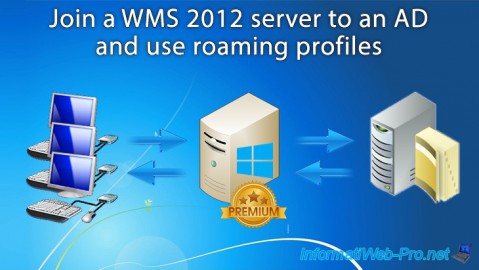Enable and create Windows 7 or 8 Enterprise virtual desktops on Windows MultiPoint Server 2012
- Windows Server
- 12 March 2018 at 10:02 UTC
-

- 3/7
3. Creating stations based on a virtual desktop
To create stations from the created template, simply select the desired template, then click on : Create virtual desktop stations.

As indicated by MultiPoint Manager, the "-t" suffix of the template will be replaced by the name of each station for which a virtual desktop will have been created.

Wait while creating the stations.


In our case, we have a station named "win8-wm-1".

Contrary to what one might think, Windows MultiPoint Server will not duplicate the template hard drive for each station.
Indeed, the virtual machines (associated with the different stations) will have a special hard disk that will only contain the differences between the current state and the original hard disk (that of the template).
To see this, open Hyper-V Manager, select a virtual machine that corresponds to a station (so not a VM whose name ends with "-t") and click Settings (on the right).

Go to "IDE Controller 0" and select "Hard Drive".
Then, click on : Inspect.

As you can see, Hyper-V Manager tells you that this is a virtual hard disk of type : Differencing virtual hard disk.
This hard disk contains only the differences (the modifications) between the original virtual hard disk (that of the template) and the current state of the virtual desktop.
It's therefore in this virtual hard disk that are stored the data of the users and any modified settings in the various programs and in Windows.
It's also for this reason that the hard disk this virtual desktop takes only 935 MB and no more than 8 GB as it's the case for the hard disk of the template (where Windows is installed).


By default, you will see that the MultiPoint Manager will not be able to connect to the created virtual desktops.

This error occurs simply because virtual desktops are not started by default.
Note : in production, you don't need to start them manually. Indeed, these will start automatically when a user needs it.
That said, if you start them first, you will prevent your users from waiting too long when using their virtual desktop for the first time.

Indeed, if you launch one of the created virtual machines (for example : our win8-vm-1 virtual machine), you will see that the MultiPoint Manager will connect seamlessly to this virtual desktop.



Once connected to the virtual desktop, the MultiPoint Manager will allow you to easily manage the users of this virtual desktop.
Click on : Add user account.

Select the virtual desktop where you want to create a new user.

Then, specify :
- a username for this new user account
- a full name (if you wish)
- and a password for this user account

Select "Standard user" and click Next.


Wait a few seconds and the new user will appear in the list.

Share this tutorial
To see also
-

Windows Server 2/12/2018
WMS 2012 - Enable the Disk Protection
-

Windows Server 1/17/2018
WMS 2012 - Install, configure and how works MultiPoint 2012
-

Windows Server 3/24/2018
WMS 2012 - Join virtual desktops to an AD
-

Windows Server 2/21/2018
WMS 2012 - Joining an AD and use roaming profiles

No comment